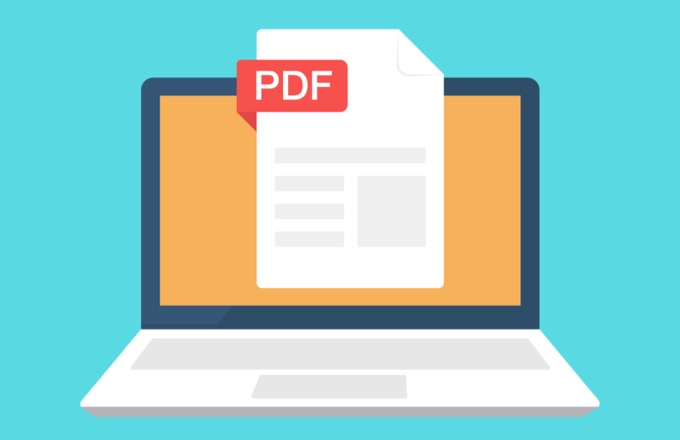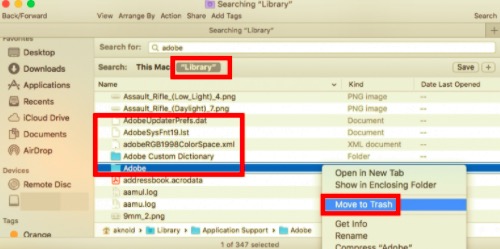
- WHERE TO FIND ADOBE ACROBAT ON MAC HOW TO
- WHERE TO FIND ADOBE ACROBAT ON MAC MAC OS
- WHERE TO FIND ADOBE ACROBAT ON MAC PDF
- WHERE TO FIND ADOBE ACROBAT ON MAC PRO
WHERE TO FIND ADOBE ACROBAT ON MAC MAC OS
Set a file association configuration file Limitations¶īluestacks root mac os x. To create your own XML files:įile associations will now be enforced on user logon. These files include all the file types supported by Acrobat and Reader.
WHERE TO FIND ADOBE ACROBAT ON MAC PDF
This way even if a user changes the default PDF handler in a particular session or an OS update changes it, the next time the user logs in, it will be changed back to what the admin has specified.ĭownload the sample file association files.

Using Group policy admins can force file associations each time a user logs in. You can also enforce the filetype via GPO policies. Some admins have been troubleshooting issues here: Solution 2: GPO policy¶ Microsoft provides many DISM command line options for performing these steps. Admins can use the default application association-servicing commands to import, export, list, and remove the settings that specify which application opens a file based on the file name extension or protocol. While DISM is a command-line tool that is used to mount and service Windows images before deployment, it can also be used to set file type owners on Windows 8 and above. While it remains difficult to prevent users from selecting alternative default applications, Microsoft addresses this problem by providing DISM as a way for admins to reinstate the defaults when a user logs off and on. Solution 1: DISM¶ĭeployment Image Servicing and Management (DISM) is a way to enforce file type associations.

Thus, since Windows 8, admins have little control over file type associations after installing an application. Additionally, other applications sometimes force Windows to show an application selection dialog when a user clicks on a file, thereby allowing users to select a different application for that file type. Even when admins have a method for setting a default handler (described above), once the application is installed end users can change the file type associations via the Control Panel or with Right Click > Open With. Since Windows 8, it has become more difficult for applications to take ownership of certain filetypes. The option to change your PDF viewer opens when you right-click on a PDF on your computer and select 'Get Info.' The default PDF viewer is Preview on Mac computers, but you can switch this to.īoth Acrobat and Reader can reside on the same machine, and the default handler can be set in the following ways:Ĭonfigure the installer prior to deployment via the Wizard or command line.Īfter a product install, choose Preferences > General > Select Default PDF Handler.Īdmins often want to reliably set Acrobat and Reader as the default PDF owners on their organization's desktops. Simply click Yes button to set Acrobat or Reader as the default PDF viewer on your Mac.
WHERE TO FIND ADOBE ACROBAT ON MAC PRO
It will then prompt you to make make Acrobat Reader or Pro as the default application for PDF files on your Mac. Go to the File menu, select Open, then browse to a PDF file on your Mac and open it with the Acrobat Reader or Pro. I'm thinking that since I changed it at one time (from Adobe icon to preview) that maybe the pdf's I download from now on will have the Ado. I have Adobe Reader installed and the 'Open with' tab is already set to Adobe Acrobat Pro but the 'Change All' button is dimmed so I'm not able to change all of them back to the Adobe default pdf image. The Windows Settings dialogue pops up, choose Apps Default apps. Click the Start button in Windows 10, select Settings from the pop-up menu. Make Adobe Acrobat as the default PDF viewer from system settings.

WHERE TO FIND ADOBE ACROBAT ON MAC HOW TO
In this guide, we will use Adobe Acrobat in the demo to show you how to change a different PDF reader in Windows 10.
-afterzip.com.png)
On the new dialog that pops up, you would go to the bottom and select 'Open with' to your Adobe Acrobat Pro. On the Mac, you would right-click (or Ctrl-click) on any PDF file, then select 'Get Info'. That depends on what operating system you have.


 0 kommentar(er)
0 kommentar(er)
